

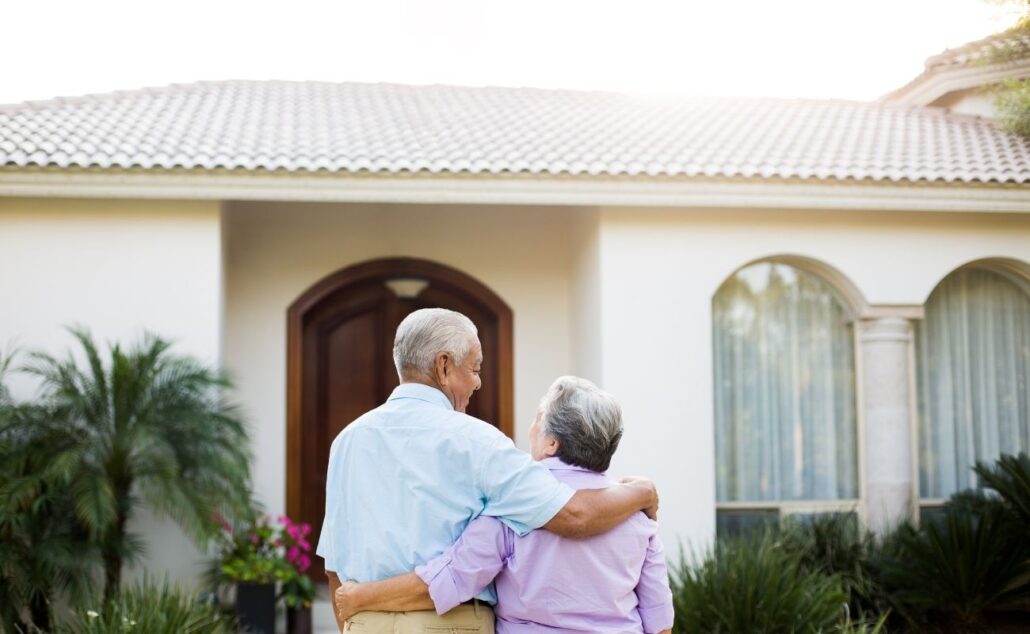
Every person deserves a home that supports their independence, connects them with others, and provides peace of mind for both residents and their families.

Every person deserves a home that supports their independence, connects them with others, and provides peace of mind for both residents and their families.
The right housing choice can mean the difference between struggling with daily tasks and thriving in a space designed for your comfort and safety.
Making the right housing choice impacts every aspect of your daily life, from safety and accessibility to social connections and overall well-being.
Simplify your life by transitioning to a smaller, more manageable space that meets your current needs.
Transform your current home into a safer, more accessible space with practical modifications that prevent accidents.
Share living expenses and companionship by choosing housing arrangements that bring like-minded people together.
Smart home technology can help you live independently longer by monitoring your health and safety automatically.
Simplify your life by transitioning to a smaller, more manageable space that meets your current needs.
Transform your current home into a safer, more accessible space with practical modifications that prevent accidents.
Share living expenses and companionship by choosing housing arrangements that bring like-minded people together.
Smart home technology can help you live independently longer by monitoring your health and safety automatically.
Finding the right housing solution becomes increasingly significant as you age, directly impacting your independence, health, and overall quality of life. Making informed decisions about where and how to live can help you maintain your autonomy while staying safe and connected to your community for years to come.
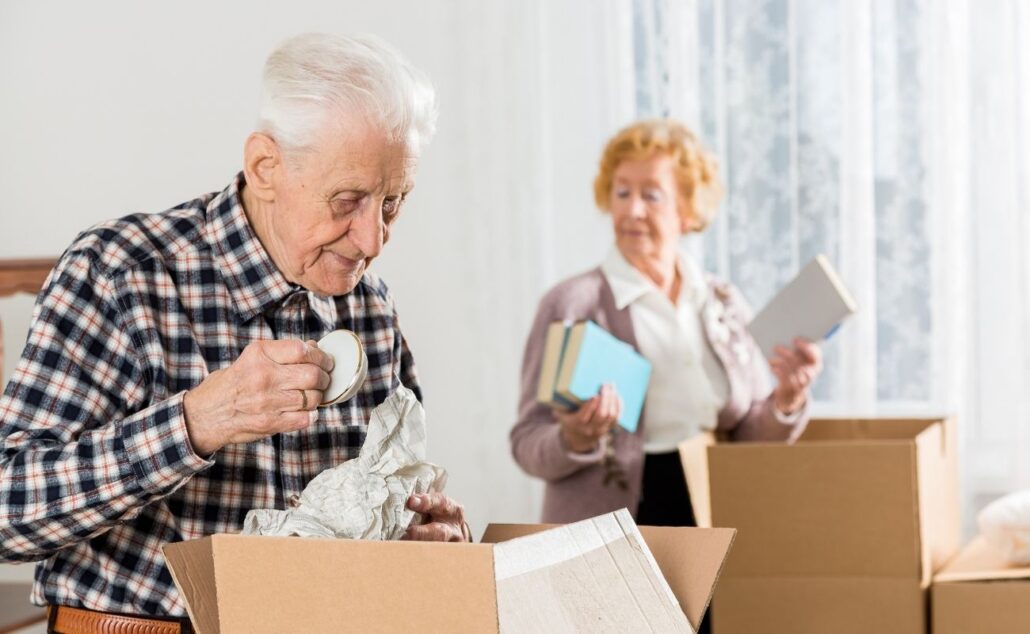
Transitioning to a smaller home or different living arrangement can free up resources, reduce maintenance burdens, and better match your current lifestyle needs. The key to successful downsizing lies in planning ahead and making thoughtful decisions about what matters most to you.
Over the next 10 years, population growth will shift to the 70+ and 30- 50 age groups, potentially creating attractive residential opportunities tailored to a unique set of living preferences. This demographic shift means more housing options designed specifically for older adults are becoming available.
Your current home may no longer fit your needs if you find yourself using only a few rooms, struggling with maintenance tasks, or feeling isolated from services and social connections. Physical changes such as difficulty climbing stairs, managing a large yard, or keeping up with household repairs often signal that a change could improve your daily life.
Financial considerations also play a role. Property taxes, utilities, insurance, and maintenance costs for a larger home can consume a significant portion of your budget. Downsizing can free up equity and reduce monthly expenses, providing more financial flexibility for healthcare, travel, or other priorities.
Start the downsizing process at least six months before you plan to move. Begin by creating a floor plan of your new space and measuring furniture to determine what will fit. Sort your belongings into categories: keep, donate, gift to family, and discard. Take photos of sentimental items you cannot keep to preserve memories.
Consider hiring professionals such as senior move managers, estate sale companies, or organizers who specialize in helping older adults. These experts can streamline the process and reduce stress. Research moving companies that have experience with senior relocations and understand the emotional aspects of leaving a longtime home.
Location remains paramount when selecting your new residence. Proximity to healthcare facilities, grocery stores, public transportation, and social activities can significantly impact your quality of life. Consider the climate, cost of living, and availability of services in different areas.
Evaluate the physical features of potential homes. Single-level living eliminates stairs, while wider doorways and accessible bathrooms can accommodate mobility changes. Good lighting, easy-to-operate windows and doors, and minimal maintenance requirements should factor into your decision.
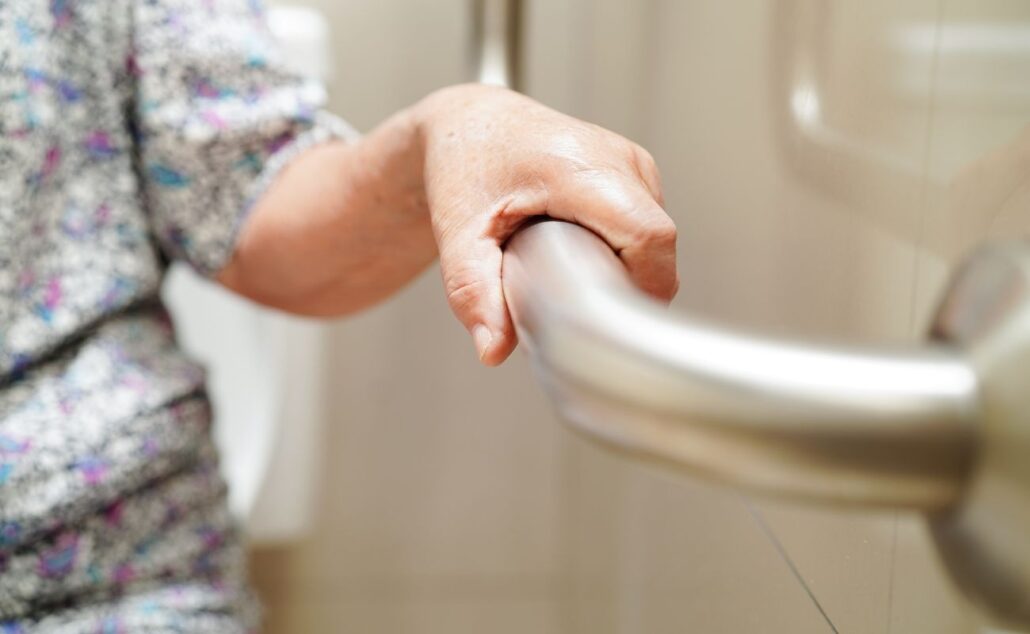
Making strategic modifications to your current home can dramatically reduce accident risks and help you age in place safely. Research suggests that in-home falls can be reduced by nearly 40% with a community-based program that helps older adults make modifications to their homes such as adding grab bars, shower seating and slip-resistant surfaces in the bathroom, as well as lighting and handrails on staircases.
The bathroom presents the highest risk for falls and injuries in the home. Install grab bars near the toilet and in the shower or bathtub, ensuring they are properly anchored to wall studs or blocking. Replace your standard shower with a walk-in model or add a shower seat and handheld showerhead for safer bathing.
Non-slip mats inside and outside the tub or shower, raised toilet seats, and improved lighting can make a significant difference. Consider motion-activated nightlights to illuminate the path to the bathroom during nighttime visits.
Research shows that home/environmental interventions can be effective in reducing the number of individuals who fall and the frequency of falls in community‐dwelling people aged 65 and over. Proper lighting and secure handrails on both sides of staircases can prevent many accidents.
Add contrasting colored tape to the edge of steps to improve visibility. Remove or secure loose rugs and runners that can cause tripping. Maintain clear pathways throughout your home by removing furniture or obstacles that could cause falls.
Lower frequently used items to accessible shelves to avoid using step stools. Install lever-style door handles and faucets that are easier to operate than traditional knobs. Improve lighting throughout your home, particularly in work areas like the kitchen and reading spaces.
Consider replacing traditional light switches with rocker switches that are easier to operate. Install outlet strips to reduce the need to bend down to floor-level outlets.
Occupational therapists can conduct comprehensive home safety assessments and recommend specific modifications based on your individual needs and limitations. Many insurance plans cover these evaluations, and some state and local programs provide funding for home modifications.
Many state and local governments have education and/or home modification programs to help older people prevent falls. Check with your local health department, search the Eldercare Locator, or call 800-677-1116 to find your local Area Agency on Aging to see if there is a program near you.
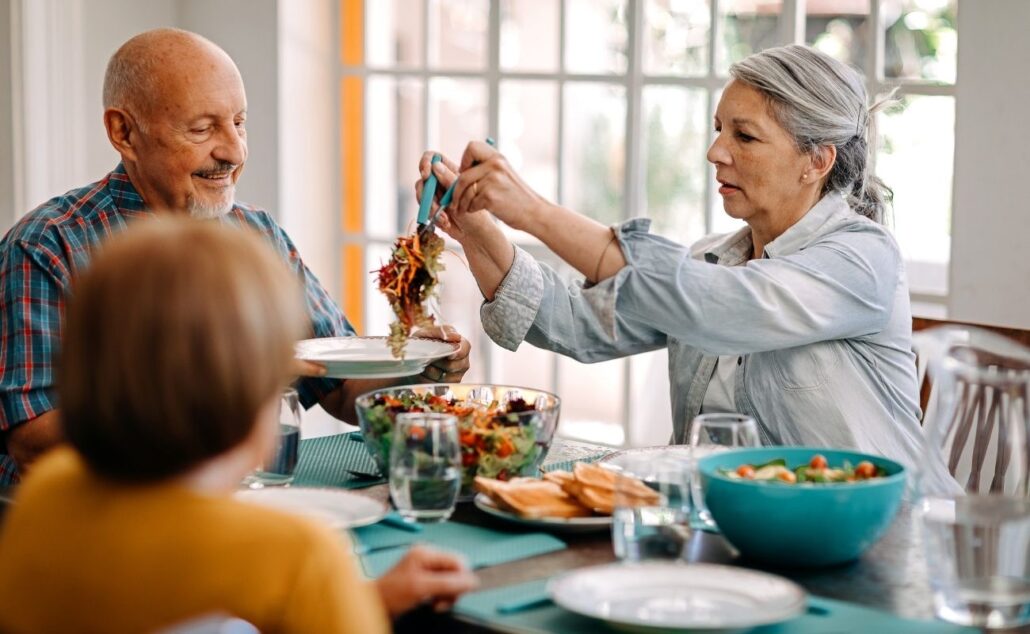
Shared housing arrangements can provide companionship, shared expenses, and mutual support while maintaining independence. These living situations range from informal roommate arrangements to structured co-housing communities designed specifically for older adults.
Financial advantages include splitting rent, utilities, and household expenses, making housing more affordable. Social benefits include built-in companionship, shared meals, and reduced isolation. Practical advantages include sharing household tasks, providing mutual assistance during illness, and having someone present for emergencies.
Shared housing can also provide access to larger, better-located homes that might be unaffordable individually. Many arrangements include shared common areas while maintaining private bedrooms and sometimes private bathrooms.
Accessory dwelling units (ADUs) allow you to rent a separate living space on someone’s property, providing independence with nearby support. Some homeowners rent rooms to older adults, creating intergenerational living arrangements that benefit both parties.
Formal co-housing communities design neighborhoods specifically for shared living, with private homes or apartments surrounding common facilities like dining halls, libraries, and activity spaces. These communities often organize around shared values and mutual support.
Home-sharing programs match compatible older adults through screening processes and ongoing support. These programs often provide mediation services and help establish clear agreements about responsibilities and expectations.
Success in shared living requires clear communication about expectations, boundaries, and responsibilities. Discuss cleaning schedules, guest policies, noise levels, and personal space needs before moving in together. Consider drafting a written agreement that covers rent, utilities, food sharing, and household rules.
Compatibility extends beyond practical matters to include lifestyle preferences, social needs, and long-term goals. Some people thrive in active, social environments while others prefer quieter, more private arrangements.
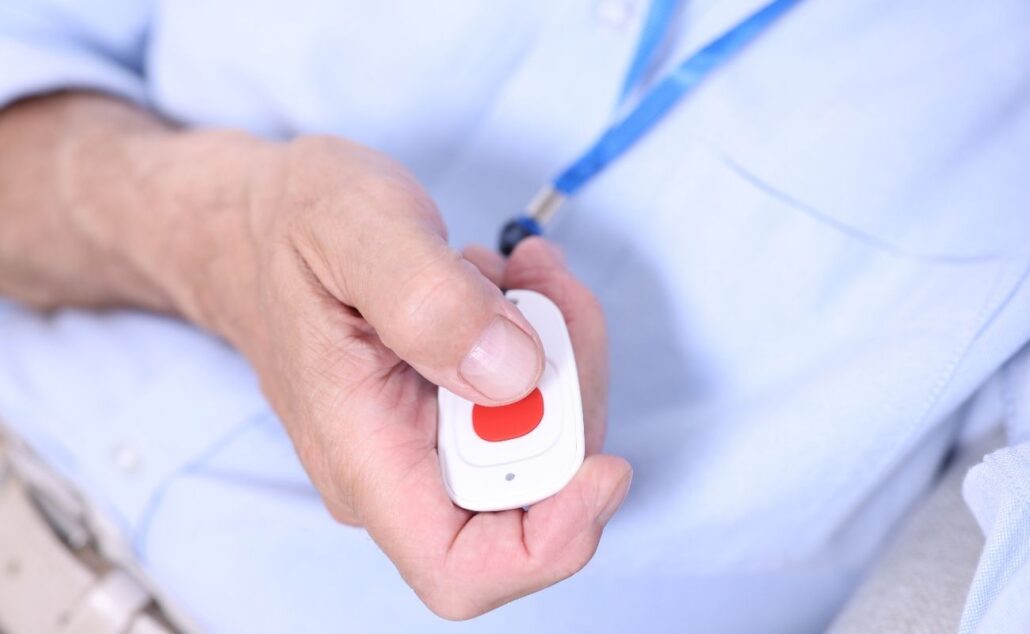
Smart home technology and medical alert systems can provide peace of mind while supporting your independence at home. These technologies continue advancing rapidly, offering increasingly sophisticated and user-friendly options for older adults.
Smart lighting systems can automatically adjust based on time of day or motion detection, reducing fall risks and improving convenience. Programmable thermostats maintain comfortable temperatures while reducing energy costs. Smart door locks allow you to control access remotely and eliminate concerns about lost keys.
Voice-activated assistants can help with daily tasks like setting reminders for medications, making phone calls, controlling lights and temperature, and providing weather updates or news. These systems are becoming more intuitive and easier to use.
Smart security systems provide monitoring capabilities and can alert family members or emergency services if unusual activity is detected. Video doorbells allow you to see and communicate with visitors without opening the door.
Traditional medical alert systems include wearable devices with buttons to summon help in emergencies. Modern systems offer GPS tracking for users who remain active outside the home and automatic fall detection that can alert emergency services even if you cannot press the button.
Advanced systems integrate with smartphones and can monitor vital signs, medication adherence, and daily activity patterns. Some devices can detect changes in routine that might indicate health problems and alert healthcare providers or family members.
Two-way communication systems allow direct conversation with emergency operators who can assess situations and dispatch appropriate help. Many systems include medication reminders and health monitoring features.
Wearable devices can track steps, heart rate, sleep patterns, and other health metrics, providing valuable information for you and your healthcare providers. Some devices can detect irregular heart rhythms or other concerning changes and recommend medical evaluation.
Smart pill dispensers ensure medications are taken correctly and on schedule, with alerts for missed doses and automatic refills. Blood pressure monitors, glucose meters, and other medical devices increasingly connect to smartphone apps and can share data with healthcare providers.
Telehealth platforms enable virtual medical appointments, reducing the need for transportation and making healthcare more accessible. Many systems include features for sharing health data, photos of concerning symptoms, and secure messaging with healthcare providers.
Begin with simple devices and gradually add more sophisticated technology as you become comfortable. Many communities offer technology training classes specifically for older adults, covering everything from smartphone basics to smart home systems.
Family members can often help with initial setup and training. Many technology companies now design products specifically for older adults, with larger buttons, clearer displays, and simplified interfaces.
Consider starting with one category of technology that addresses your most pressing concerns, such as medical alerts for safety or smart lighting for convenience. Success with simpler systems builds confidence for adopting more advanced technologies.

Understanding your financing options can help you make the best housing decisions for your situation. Many resources and programs exist specifically to help older adults afford appropriate housing.
Reverse mortgages allow you to access your home’s equity without monthly payments, though you remain responsible for taxes, insurance, and maintenance. These loans must be repaid when you sell the home, move permanently, or pass away.
Home equity lines of credit (HELOCs) provide access to funds for home modifications or other expenses, though they require monthly payments. Traditional home equity loans provide lump-sum funding for major projects like accessibility modifications or downsizing expenses.
Medicare may cover some home modifications prescribed by healthcare providers, particularly those related to medical conditions. Medicaid waiver programs in many states provide funding for home modifications and assistive technologies to help people remain in their homes.
The Department of Veterans Affairs offers grants for home modifications for eligible veterans with service-connected disabilities. Local Area Agencies on Aging often maintain lists of programs and funding sources for home modifications and other housing assistance.
Financial planners who specialize in retirement and aging issues can help you evaluate housing options within your budget and long-term financial goals. Elder law attorneys can provide guidance on protecting assets while accessing government benefits and programs.
Housing counselors certified by HUD can provide free guidance on mortgages, home equity products, and avoiding scams. These professionals can help you understand the implications of different housing choices on your overall financial situation.
Finding the right housing solution becomes increasingly significant as you age, directly impacting your independence, health, and overall quality of life. Making informed decisions about where and how to live can help you maintain your autonomy while staying safe and connected to your community for years to come.

Transitioning to a smaller home or different living arrangement can free up resources, reduce maintenance burdens, and better match your current lifestyle needs. The key to successful downsizing lies in planning ahead and making thoughtful decisions about what matters most to you.
Over the next 10 years, population growth will shift to the 70+ and 30- 50 age groups, potentially creating attractive residential opportunities tailored to a unique set of living preferences. This demographic shift means more housing options designed specifically for older adults are becoming available.
Your current home may no longer fit your needs if you find yourself using only a few rooms, struggling with maintenance tasks, or feeling isolated from services and social connections. Physical changes such as difficulty climbing stairs, managing a large yard, or keeping up with household repairs often signal that a change could improve your daily life.
Financial considerations also play a role. Property taxes, utilities, insurance, and maintenance costs for a larger home can consume a significant portion of your budget. Downsizing can free up equity and reduce monthly expenses, providing more financial flexibility for healthcare, travel, or other priorities.
Start the downsizing process at least six months before you plan to move. Begin by creating a floor plan of your new space and measuring furniture to determine what will fit. Sort your belongings into categories: keep, donate, gift to family, and discard. Take photos of sentimental items you cannot keep to preserve memories.
Consider hiring professionals such as senior move managers, estate sale companies, or organizers who specialize in helping older adults. These experts can streamline the process and reduce stress. Research moving companies that have experience with senior relocations and understand the emotional aspects of leaving a longtime home.
Location remains paramount when selecting your new residence. Proximity to healthcare facilities, grocery stores, public transportation, and social activities can significantly impact your quality of life. Consider the climate, cost of living, and availability of services in different areas.
Evaluate the physical features of potential homes. Single-level living eliminates stairs, while wider doorways and accessible bathrooms can accommodate mobility changes. Good lighting, easy-to-operate windows and doors, and minimal maintenance requirements should factor into your decision.

Making strategic modifications to your current home can dramatically reduce accident risks and help you age in place safely. Research suggests that in-home falls can be reduced by nearly 40% with a community-based program that helps older adults make modifications to their homes such as adding grab bars, shower seating and slip-resistant surfaces in the bathroom, as well as lighting and handrails on staircases.
The bathroom presents the highest risk for falls and injuries in the home. Install grab bars near the toilet and in the shower or bathtub, ensuring they are properly anchored to wall studs or blocking. Replace your standard shower with a walk-in model or add a shower seat and handheld showerhead for safer bathing.
Non-slip mats inside and outside the tub or shower, raised toilet seats, and improved lighting can make a significant difference. Consider motion-activated nightlights to illuminate the path to the bathroom during nighttime visits.
Research shows that home/environmental interventions can be effective in reducing the number of individuals who fall and the frequency of falls in community‐dwelling people aged 65 and over. Proper lighting and secure handrails on both sides of staircases can prevent many accidents.
Add contrasting colored tape to the edge of steps to improve visibility. Remove or secure loose rugs and runners that can cause tripping. Maintain clear pathways throughout your home by removing furniture or obstacles that could cause falls.
Lower frequently used items to accessible shelves to avoid using step stools. Install lever-style door handles and faucets that are easier to operate than traditional knobs. Improve lighting throughout your home, particularly in work areas like the kitchen and reading spaces.
Consider replacing traditional light switches with rocker switches that are easier to operate. Install outlet strips to reduce the need to bend down to floor-level outlets.
Occupational therapists can conduct comprehensive home safety assessments and recommend specific modifications based on your individual needs and limitations. Many insurance plans cover these evaluations, and some state and local programs provide funding for home modifications.
Many state and local governments have education and/or home modification programs to help older people prevent falls. Check with your local health department, search the Eldercare Locator, or call 800-677-1116 to find your local Area Agency on Aging to see if there is a program near you.

Shared housing arrangements can provide companionship, shared expenses, and mutual support while maintaining independence. These living situations range from informal roommate arrangements to structured co-housing communities designed specifically for older adults.
Financial advantages include splitting rent, utilities, and household expenses, making housing more affordable. Social benefits include built-in companionship, shared meals, and reduced isolation. Practical advantages include sharing household tasks, providing mutual assistance during illness, and having someone present for emergencies.
Shared housing can also provide access to larger, better-located homes that might be unaffordable individually. Many arrangements include shared common areas while maintaining private bedrooms and sometimes private bathrooms.
Accessory dwelling units (ADUs) allow you to rent a separate living space on someone’s property, providing independence with nearby support. Some homeowners rent rooms to older adults, creating intergenerational living arrangements that benefit both parties.
Formal co-housing communities design neighborhoods specifically for shared living, with private homes or apartments surrounding common facilities like dining halls, libraries, and activity spaces. These communities often organize around shared values and mutual support.
Home-sharing programs match compatible older adults through screening processes and ongoing support. These programs often provide mediation services and help establish clear agreements about responsibilities and expectations.
Success in shared living requires clear communication about expectations, boundaries, and responsibilities. Discuss cleaning schedules, guest policies, noise levels, and personal space needs before moving in together. Consider drafting a written agreement that covers rent, utilities, food sharing, and household rules.
Compatibility extends beyond practical matters to include lifestyle preferences, social needs, and long-term goals. Some people thrive in active, social environments while others prefer quieter, more private arrangements.

Smart home technology and medical alert systems can provide peace of mind while supporting your independence at home. These technologies continue advancing rapidly, offering increasingly sophisticated and user-friendly options for older adults.
Smart lighting systems can automatically adjust based on time of day or motion detection, reducing fall risks and improving convenience. Programmable thermostats maintain comfortable temperatures while reducing energy costs. Smart door locks allow you to control access remotely and eliminate concerns about lost keys.
Voice-activated assistants can help with daily tasks like setting reminders for medications, making phone calls, controlling lights and temperature, and providing weather updates or news. These systems are becoming more intuitive and easier to use.
Smart security systems provide monitoring capabilities and can alert family members or emergency services if unusual activity is detected. Video doorbells allow you to see and communicate with visitors without opening the door.
Traditional medical alert systems include wearable devices with buttons to summon help in emergencies. Modern systems offer GPS tracking for users who remain active outside the home and automatic fall detection that can alert emergency services even if you cannot press the button.
Advanced systems integrate with smartphones and can monitor vital signs, medication adherence, and daily activity patterns. Some devices can detect changes in routine that might indicate health problems and alert healthcare providers or family members.
Two-way communication systems allow direct conversation with emergency operators who can assess situations and dispatch appropriate help. Many systems include medication reminders and health monitoring features.
Wearable devices can track steps, heart rate, sleep patterns, and other health metrics, providing valuable information for you and your healthcare providers. Some devices can detect irregular heart rhythms or other concerning changes and recommend medical evaluation.
Smart pill dispensers ensure medications are taken correctly and on schedule, with alerts for missed doses and automatic refills. Blood pressure monitors, glucose meters, and other medical devices increasingly connect to smartphone apps and can share data with healthcare providers.
Telehealth platforms enable virtual medical appointments, reducing the need for transportation and making healthcare more accessible. Many systems include features for sharing health data, photos of concerning symptoms, and secure messaging with healthcare providers.
Begin with simple devices and gradually add more sophisticated technology as you become comfortable. Many communities offer technology training classes specifically for older adults, covering everything from smartphone basics to smart home systems.
Family members can often help with initial setup and training. Many technology companies now design products specifically for older adults, with larger buttons, clearer displays, and simplified interfaces.
Consider starting with one category of technology that addresses your most pressing concerns, such as medical alerts for safety or smart lighting for convenience. Success with simpler systems builds confidence for adopting more advanced technologies.

Understanding your financing options can help you make the best housing decisions for your situation. Many resources and programs exist specifically to help older adults afford appropriate housing.
Reverse mortgages allow you to access your home’s equity without monthly payments, though you remain responsible for taxes, insurance, and maintenance. These loans must be repaid when you sell the home, move permanently, or pass away.
Home equity lines of credit (HELOCs) provide access to funds for home modifications or other expenses, though they require monthly payments. Traditional home equity loans provide lump-sum funding for major projects like accessibility modifications or downsizing expenses.
Medicare may cover some home modifications prescribed by healthcare providers, particularly those related to medical conditions. Medicaid waiver programs in many states provide funding for home modifications and assistive technologies to help people remain in their homes.
The Department of Veterans Affairs offers grants for home modifications for eligible veterans with service-connected disabilities. Local Area Agencies on Aging often maintain lists of programs and funding sources for home modifications and other housing assistance.
Financial planners who specialize in retirement and aging issues can help you evaluate housing options within your budget and long-term financial goals. Elder law attorneys can provide guidance on protecting assets while accessing government benefits and programs.
Housing counselors certified by HUD can provide free guidance on mortgages, home equity products, and avoiding scams. These professionals can help you understand the implications of different housing choices on your overall financial situation.